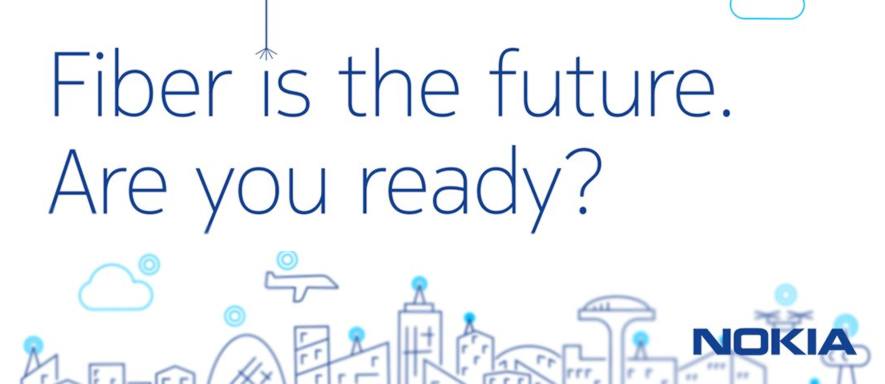Nokia is bringing several new products to its extensive FTTx portfolio so operators can accelerate ultra-broadband deployments and deliver more bandwidth to more people sooner. Nokia's enhanced FTTx portfolio includes fiber and high-speed DSL deployment options including a mini outdoor fiber node, a 212Mhz reverse-power G.fast solution and DSL backhaul remote nodes.
"As customer demand for ultra-broadband access continues to increase, operators need a wide range of technology options to meet evolving requirements and effectively address different use cases,” said Federico Guillén, president of Nokia's Fixed Networks Business Group. “With the industry's most advanced and complete portfolio of solutions across fiber, DSL, cable and wireless, Nokia is uniquely equipped to help operators address any situation they may face today and in the future."
Operators are evolving their access networks to better meet consumer demands for higher speeds and deliver on the promise of ubiquitous coverage. However, with vastly different challenges across their networks, a "one size fits all" approach does not always make sense. Having the flexibility to choose the right technology and deployment practice allows operators to overcome these challenges, fill coverage gaps in the network and deliver on the promise of ultra-broadband for all.
Nokia is introducing a number of new micro-nodes that provide operators with the flexibility, speed and scale required to effectively deliver ultra-broadband access and services to more people sooner. The FTTx solutions introduce several fiber and DSL access nodes, covering a wide range of applications and use cases.
These include a weatherized fiber access micro-node that can be deployed in any outdoor location, eliminating the need to invest in the central office, cabinets or remote weather protected locations. Supporting GPON, XGS-PON and TWDM-PON, the new solution also simplifies and accelerates the operator's fiber network evolution.
The solutions also include reverse-powered G.fast micro-nodes that can be used in areas where access to the power grid is challenging. The solution is supported by Nokia's cloud-native software platform, Altiplano, which allows for provisioning of the access node even when it’s powered down.
212Mhz G.fast micro-nodes, also part of Nokia’s solutions, is capable of supporting up to 1 symmetrical gigabit speeds aggregate over a single copper pair or Coax cable. With 212 MHz G.fast, operators can extend gigabit speeds into multiple dwelling units (MDU) without installing fiber cable.
The final solution is DSL nodes that provide operators with extensive copper networks with a CTTx (copper-to-the-x) option capable of delivering 200Mbps up to 1,000 meters away using bonded DSL pairs in the uplink, extending ultra-broadband access into areas where fiber may not be practical.
Operators can also leverage fiber and DSL remote nodes including the Lightspan SX-16F, DX-16F and CF-24 announced under Nokia's Lightspan portfolio which leverage software defined networking and network function virtualization (SDN/NFV) to automate network configuration management, accessibility, serviceability and turn-up time.
Roland Montagne, principal analyst at IDATE, said: "The ability to support a wide range of use cases in a cost-effective manner is key for operators seeking to bring ultra-broadband to more people sooner. Nokia already has an extensive portfolio of fixed access technologies and these new FTTx solutions will further enhance the toolkit, providing operators with the additional technology options they need to accelerate ultra-broadband access and meet objectives in a competitive manner."








